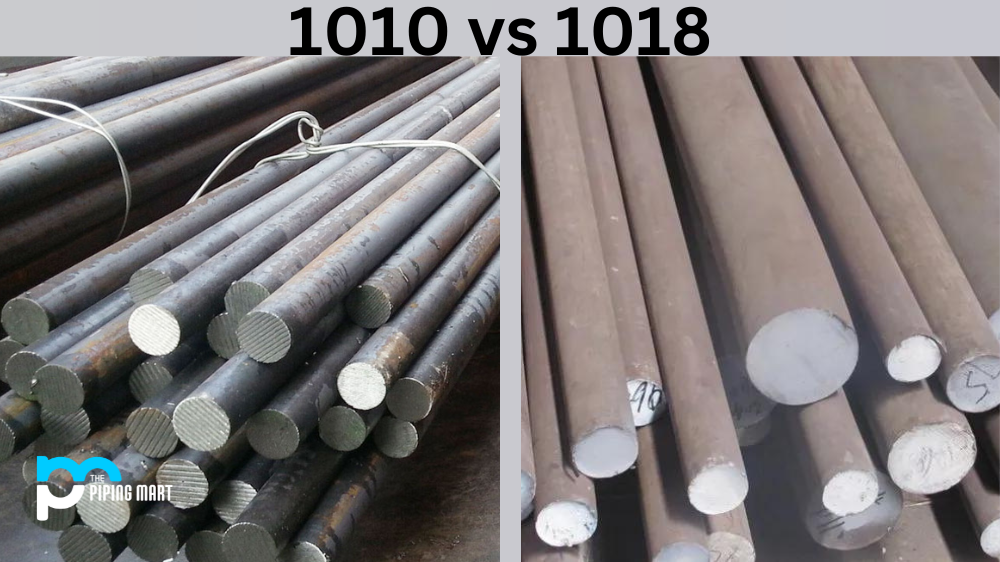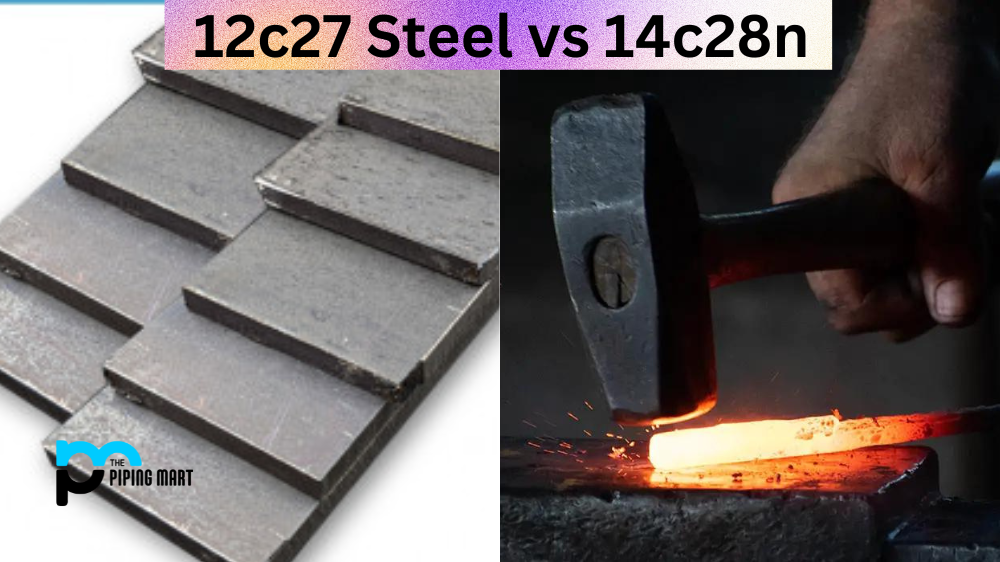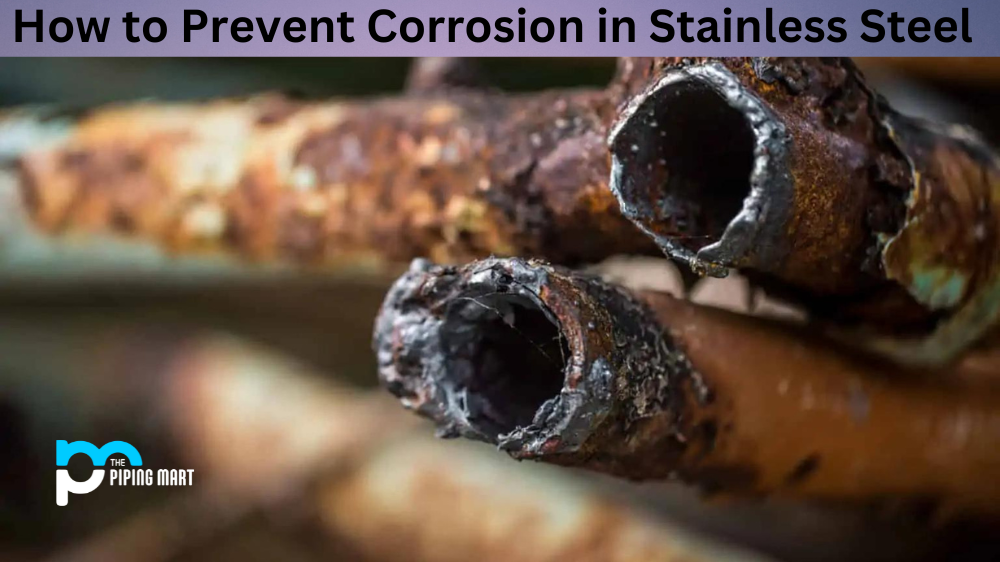Knife enthusiasts know that the steel used in a blade is one of the most important factors in determining the knife’s performance. Two of the most popular types of steel used in knives are 52100 and VG10. But which one is better? This blog post will delve into the differences between these two steels and help you decide which is right for you.
What is 52100 Steel?
52100 steel is a type of high carbon steel that contains chromium as an alloying element. The addition of chromium to the steel makes it more resistant to wear and tear, as well as corrosion. 52100 steel is often used in applications where high levels of durability are required, such as bearings and cutting tools.
What is VG10 Steel?
VG10 steel is a type of high carbon steel that contains vanadium and chromium as alloying elements. The addition of vanadium to the steel makes it more resistant to wear and tear, as well as corrosion. VG10 steel is often used in applications where high levels of durability are required, such as knives and other cutting tools.
Difference Between 52100 Steel and VG10
52100 steel, also known as ball-bearing steel, is a high-carbon steel prized for its edge retention and toughness. It is often used in blades subjected to heavy use, such as hunting knives and axes. The high carbon content makes sharpening difficult, so experienced knife users best use it. On the other hand, VG10 steel is stainless steel that contains a mix of carbon, chromium, molybdenum and vanadium. It is known for its corrosion resistance, durability and ease of sharpening.
Regarding edge retention, 52100 steel has an edge over VG10. Because of its high carbon content, it can hold an edge for longer than VG10. However, this also means that 52100 steel is more prone to chipping and cracking than VG10 steel. VG10 steel, on the other hand, is more forgiving and can handle some abuse without sustaining damage.
The two steel sheets also have different properties when it comes to sharpening. 52100 steel requires a certain skill level to sharpen properly, which is very hard and brittle. It is also more prone to microchipping when sharpened. VG10 steel is much easier to sharpen and less likely to chip during sharpening. This makes it a popular choice for those with less experience sharpening knives.
One area where VG10 steel stands out is its corrosion resistance. As stainless steel, it is far less susceptible to rust and staining than 52100 steel. If you want a knife requiring less maintenance and care, VG10 steel may be your better choice.
Composition
The main difference between 52100 steel and VG10 steel is their composition. 52100 steel contains only chromium as an alloying element, while VG10 steel contains both vanadium and chromium. The addition of vanadium to VG10 steel makes it more durable than 52100 steel.
Applications
52100 steel is typically used in applications where durability is important, such as bearings and cutting tools. VG10 steel is typically used in applications where both durability and resistance to wear and tear are important, such as knives and other cutting tools
Conclusion
Choosing between 52100 steel and VG10 steel ultimately comes down to your preferences and needs as a knife user. If you need a heavy-duty blade that can handle heavy use and abuse, 52100 steel may be the better choice. If you want a knife that is easier to sharpen and maintain and less likely to rust, VG10 steel may be the way to go. Whatever steel you choose, remember to take care of your knife to keep it performing at its best. Keep it clean, sharp and slippery, and it will serve you well for many years.

A passionate metal industry expert and blogger. With over 5 years of experience in the field, Palak brings a wealth of knowledge and insight to her writing. Whether discussing the latest trends in the metal industry or sharing tips, she is dedicated to helping others succeed in the metal industry.




